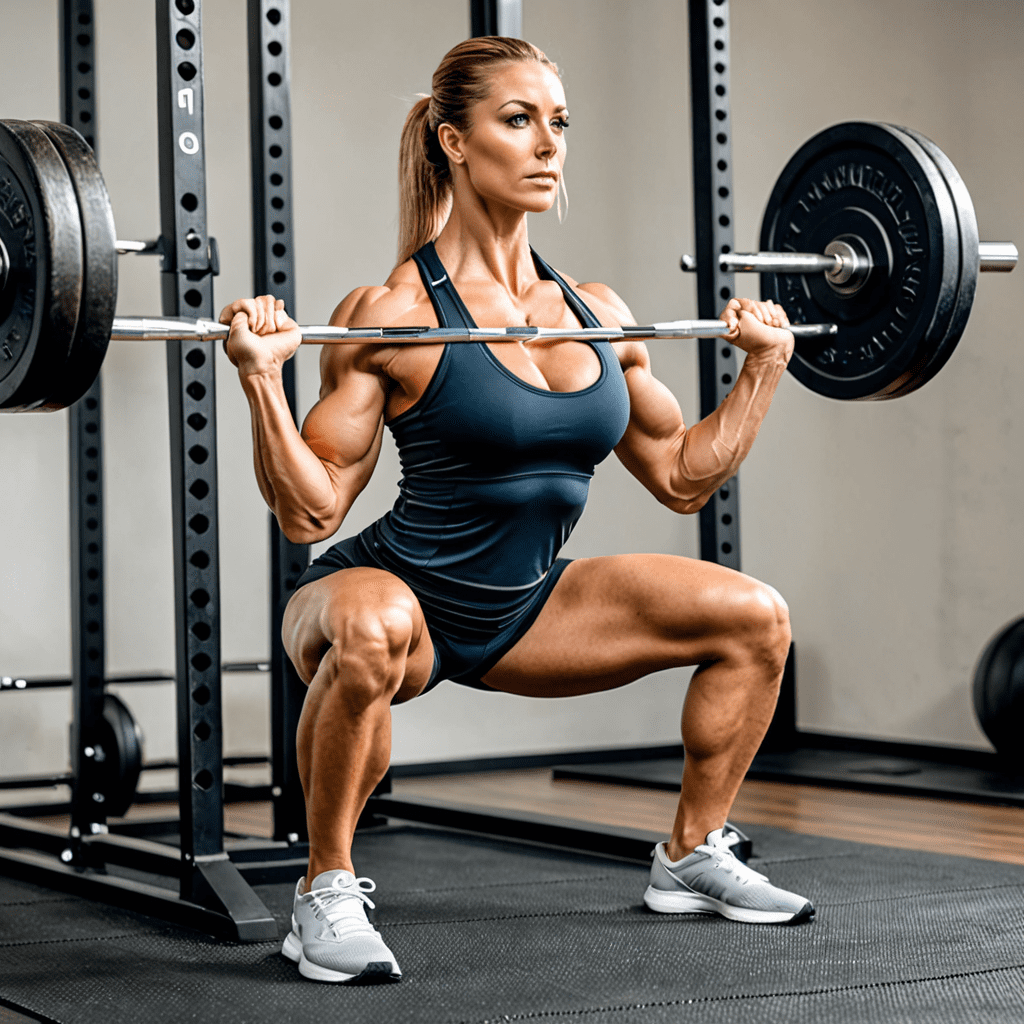
Mastering the Technique of Pendulum Squats for Improved Strength and Stability
Understanding Pendulum Squats
Pendulum squats are a compound exercise targeted at strengthening the lower body, specifically the quadriceps, hamstrings, and glutes. This exercise involves the use of a specialized pendulum squat machine, where the user stands on a moving foot platform and stabilizes themselves with handles while performing squats.
Proper Form and Technique
To perform a pendulum squat, stand on the foot platform with feet shoulder-width apart. Hold onto the handles for stability and lower your body by bending your knees and hips, maintaining a straight back and keeping the chest up. Descend until the thighs are parallel to the ground, then push through the heels to rise back to the starting position.
Benefits of Pendulum Squats
Pendulum squats offer several benefits, including increased quad, hamstring, and glute strength, improved stability and balance, and enhanced functional movement patterns. This exercise also allows for a greater range of motion compared to traditional squats.
Variations and Modifications
For individuals seeking to challenge themselves further, variations of the pendulum squat can be implemented. This may include adjusting foot positioning, incorporating pauses at different points in the movement, or adding resistance bands or weights for increased difficulty.
Incorporating Pendulum Squats into Your Routine
To maximize the benefits of pendulum squats, they can be integrated into lower body workout routines, either as a primary compound movement or as an accessory exercise. It is essential to start with light weights to master the technique before progressing to heavier loads.
Frequently Asked Questions (FAQ)
What muscles do pendulum squats work?
Pendulum squats primarily target the quadriceps, hamstrings, and glutes, making them an effective lower body strengthening exercise.
Are pendulum squats suitable for beginners?
While pendulum squats may appear intimidating, they can be modified to suit beginners by starting with light resistance and focusing on proper form and technique.
Can pendulum squats lead to knee discomfort?
When performed correctly, pendulum squats should not cause knee discomfort. However, individuals with pre-existing knee issues should consult a fitness professional before attempting this exercise.
How do pendulum squats compare to traditional squats?
Pendulum squats offer a greater range of motion compared to traditional squats, providing an additional challenge and targeting muscles from different angles.
Is a pendulum squat machine necessary to perform this exercise?
While the use of a pendulum squat machine is optimal for executing this exercise, variations can be performed using free weights or resistance bands if the machine is not accessible.
What are some common mistakes to avoid when performing pendulum squats?
Common mistakes include rounding the back, allowing the knees to cave inward, or using excessive momentum. Maintaining proper form and controlled movement is crucial.
How often should pendulum squats be included in a workout routine?
Pendulum squats can be incorporated into a lower body workout routine 1-2 times per week, allowing for adequate rest and recovery between sessions.

